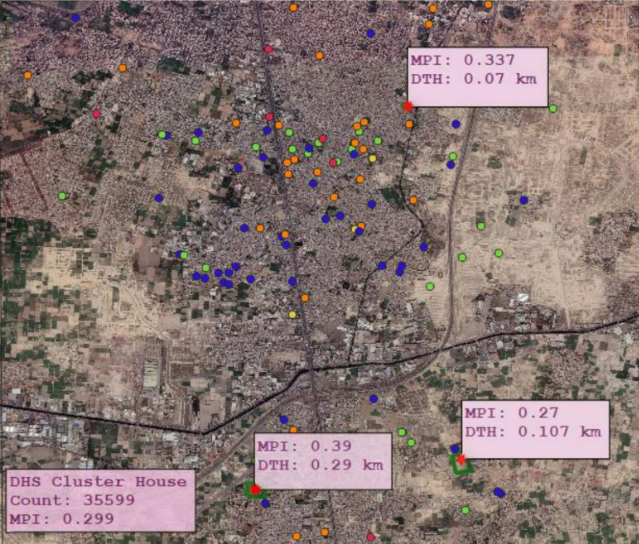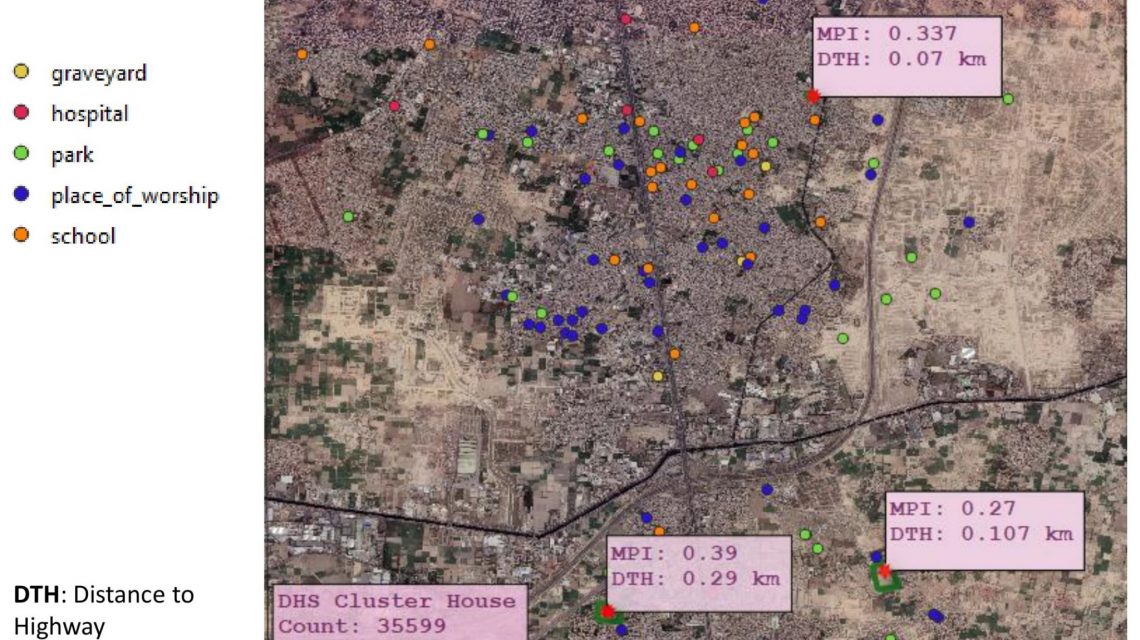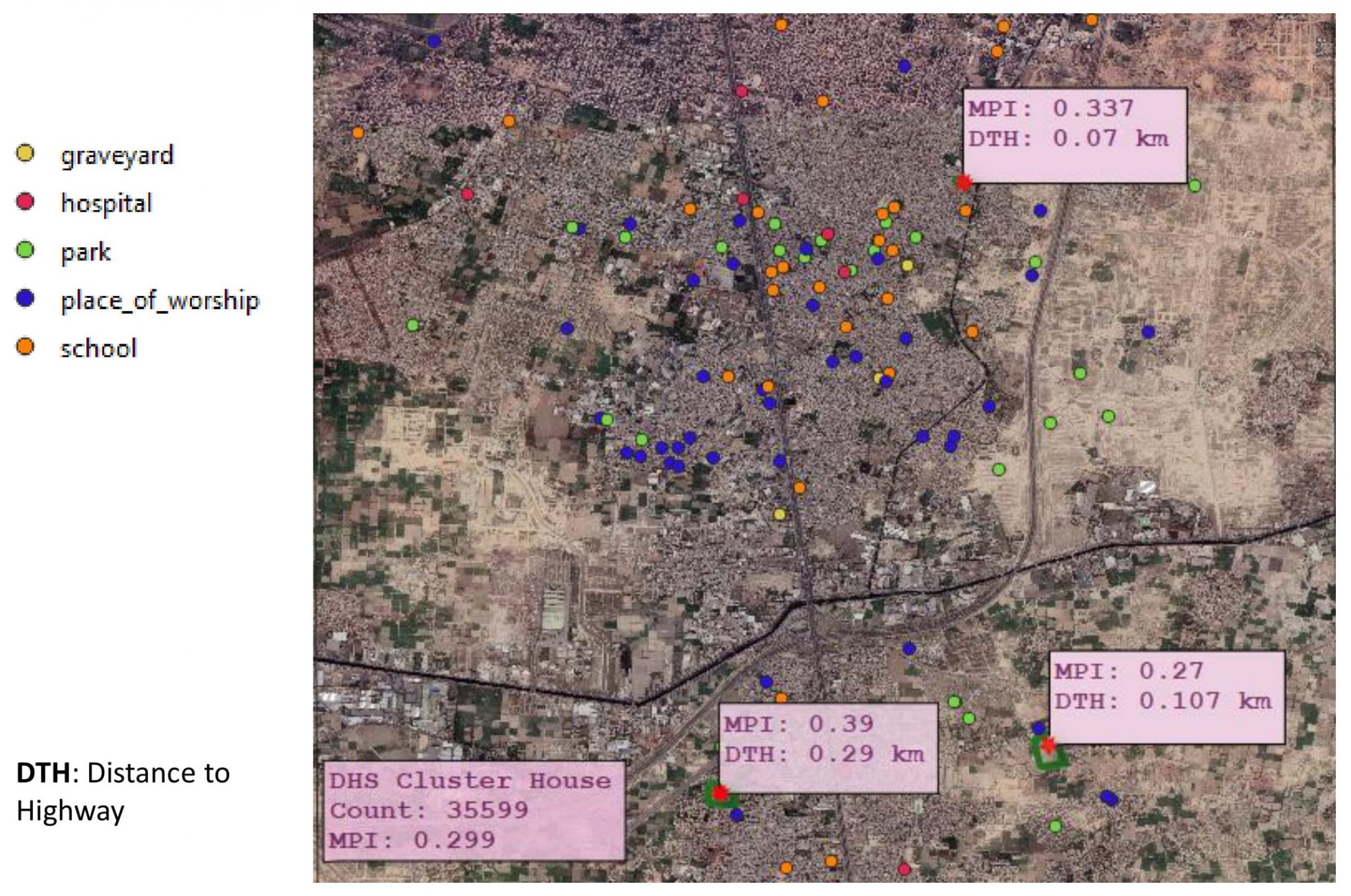Comparing Deprivation: Slums vs. Demographic Health Survey Clusters in Lahore, Pakistan May 15, 2023 – Posted in: clusters
This blog and the research findings here have been possible because of financial support received by the Google Research Scholar Award for the work on “Is Economics from Afar Domain Generalizable?”
While income-based poverty represents a key factor influencing well-being and societal progress, there is a broader set of deprivations—relating to health, education and basic standards of living—that affect the lives and livelihoods of individuals and families. These directly affect people’s ability to break out of poverty.
Many countries now measure multidimensional poverty alongside income-based poverty. The former is considered a broader definition of poverty. Under this broader definition of poverty, many more people come into view as the global Multidimensional Poverty Index (MPI), a person is identified as multidimensionally poor (or MPI poor) if they have been deprived in at least one-third of the weighted MPI indicators. In other words, a person is MPI poor if their weighted deprivation score is equal to or higher than the poverty cutoff of 33.33%.
In this blog, we show the multidimensional poverty index in Lahore, Pakistan by using data from the USAID’s Demographic and Health Surveys (DHS), our work done in Sustainable Development Goals (SDG) Tech Lab in collaboration with United Nations Development Program (UNDP), United Nations Population Fund (UNFPA) and Intelligent Machines Lab which is supported by the Google ResearchScholarAward.
Our findings present the extent of deprivation that exists not only in one of the 13 clusters identified by DHS in Lahore city but also the three slums included in the 4km (2.5 miles) radius of that particular Cluster. This comparison can help us in designing policy that will have a constructive impact on upgrading interventions for different sectors across the city and consequently a better guide for budget allocation
The following sections elaborates on our study area, data, methodology, results and analysis.
[/vc_wp_text][/vc_column][/vc_row]
Lahore
So how do we estimate multidimensional poverty?
In line with Alkire & Foster (2011), we estimate multidimensional poverty by combining the incidence of poverty with its intensity. After the poverty threshold identification step, we aggregate across individuals to obtain the incidence of poverty or headcount ratio (H), which represents the proportion of poor people. We then compute the intensity of poverty (A), representing the average number of weighted deprivations experienced by the poor. Finally, we compute the adjusted poverty headcount ratio (M0) or MPI by combining H and A in a multiplicative form (MPI = H x A) (Alkire & Foster, 2011).
Dimensions of Multidimensional Poverty Index (MPI)
Table 1 provides a summary of the dimensions, indicators, thresholds and weights used in the MPI.
Table 1 Inside the MPI – Dimensions, Indicators, thresholds, weights and related SDGs
Data Sources
Pakistan Demographic and Health Surveys (DHS).
DHS Clusters in Pakistan

Figure 1 DHS Clusters in Pakistan from the 2017-18 PDHS (Sampling Methodology)
For this blog, we have taken Cluster-ID – HV001- 154 and have taken a 4km buffer around the center point.
Comparing Slums with DHS Cluster
Slums in Lahore
‘Slum’ has become a term to describe a wide range of low-income settlements and/or poor human living conditions. UN-HABITAT attempts a common definition by defining slums as households that lack one or more of the following indicators: durable housing of permanent nature, sufficient living space, easy access to safe water, access to adequate sanitation, and security of tenure (United Nations Human Settlements Programme (UN- Habitat), 2008).
According to official figures, the urban population in Pakistan is 36.4% with an estimated increase of 118 million people by 2030 (Pakistan | UN-Habitat, n.d.). If no concrete framework for action is carried out to address the problem, more than 50 per cent of the population of major cities will live in slums and become victims of these “spatial poverty traps”(Bird et al., 2002).
We have previously used remote sensing (Rehman et al., 2022) to distinguish slums from their surroundings because of the differences in spectral characteristics and as a result, help narrow areas for the socio-economic surveys to compute MPI. As a result, we have collected primary data for 35 slums in Lahore encompassing 348 households for the estimation of MPI in 2019.
The three slums encompassed in the 4km radius of the Cluster ID – HV001- 154 are L12 (Choudhary Colony), L23 (Mulhiqa Ghanakar) and L33 (Shahzad Colony) respectively. For these slums, we randomly selected 7, 3 and 11 households for our survey. Table 2 lists down the sample slums and households for this analysis.

Table 2 No. of Sampled Households in Selected Slums in Lahore
Figure 2 maps the location of the DHS Cluster HV001- 154 with a 4km buffer drawn around it in Lahore, Pakistan. The locations of the three slums encompassed in the buffer are also mapped for a better visual comparison.
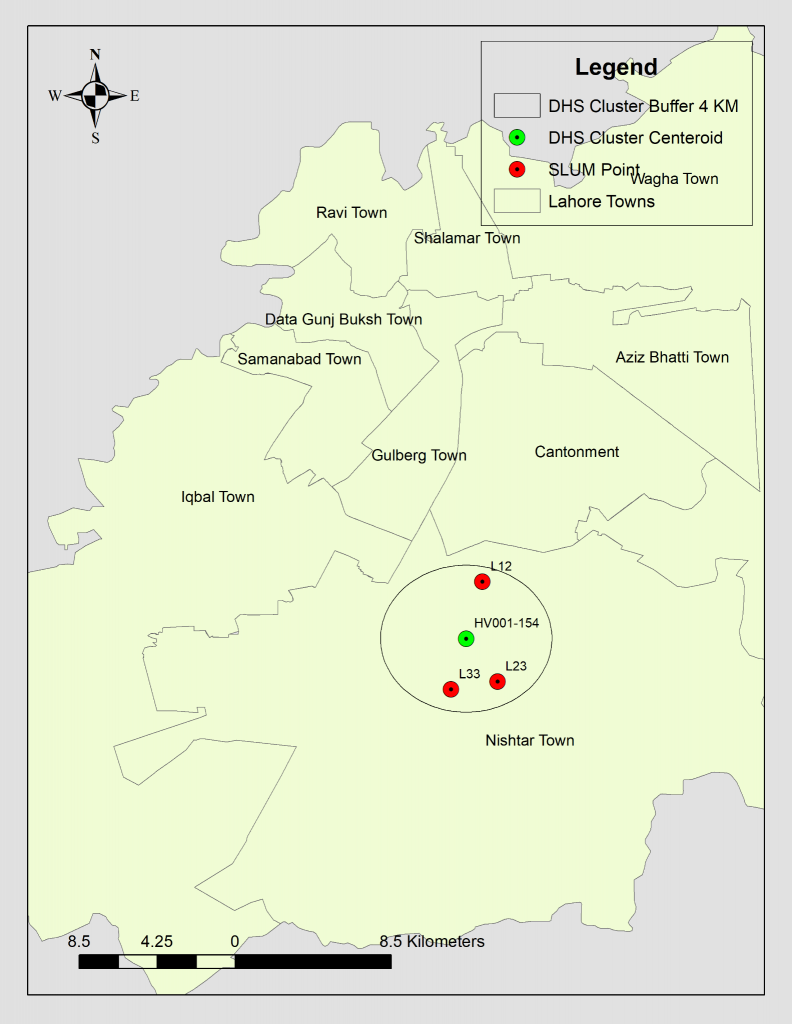
Figure 2 Multidimensional Poverty Index (MPI) Comparison between DHS and Slum Points – Lahore 2019
Analysis
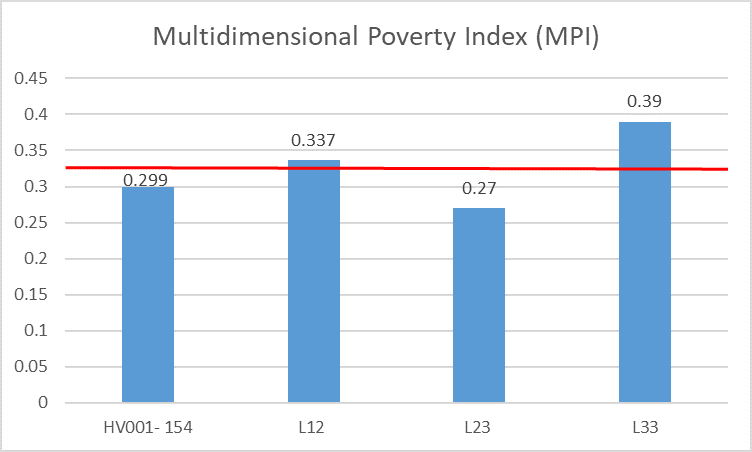
Figure 3 Multidimensional Poverty Index (MPI) of DHS Cluster (HV001-154) and Slums located inside it.

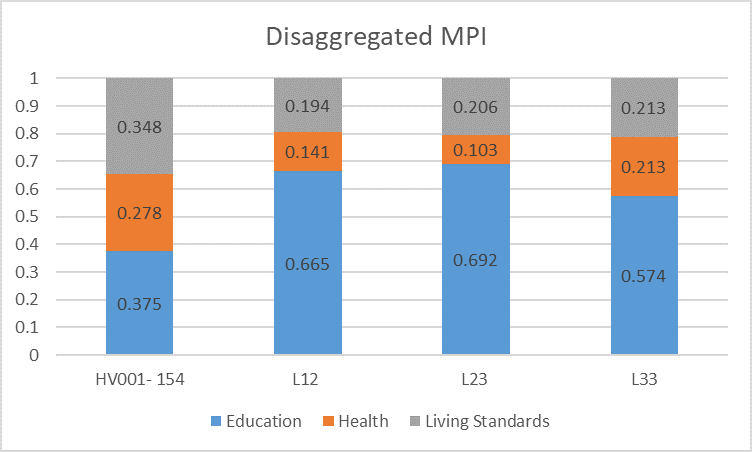
Figure 4 Disaggregated MPI.
Impact of Slums within a DHS Cluster

Figure 5 House Count for slums and DHS point with slums’ distance to the Highway – Lahore 201
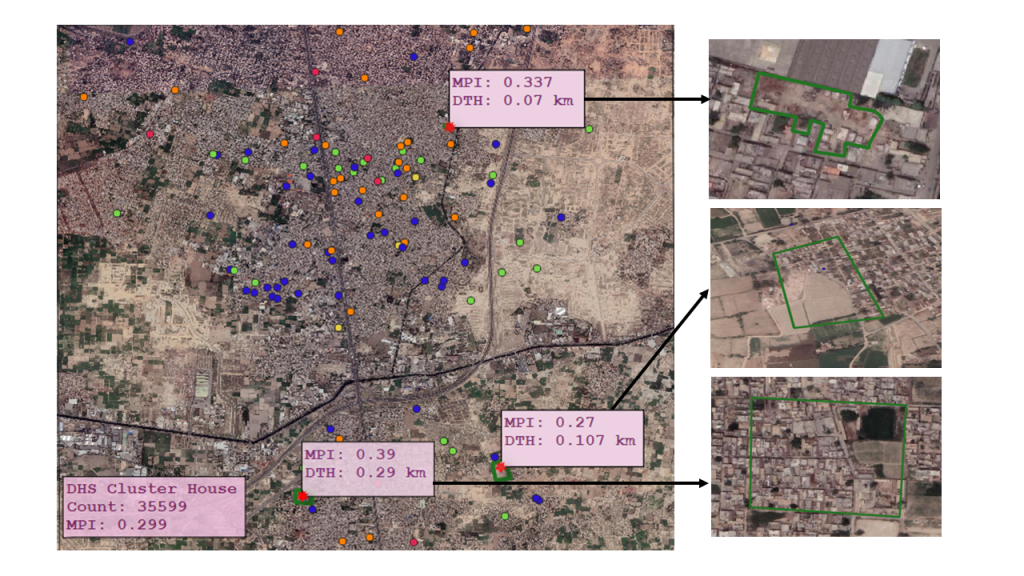
Figure 6 Zoomed version of Figure 5 to show slums with their polygons in green color – Lahore 2019
